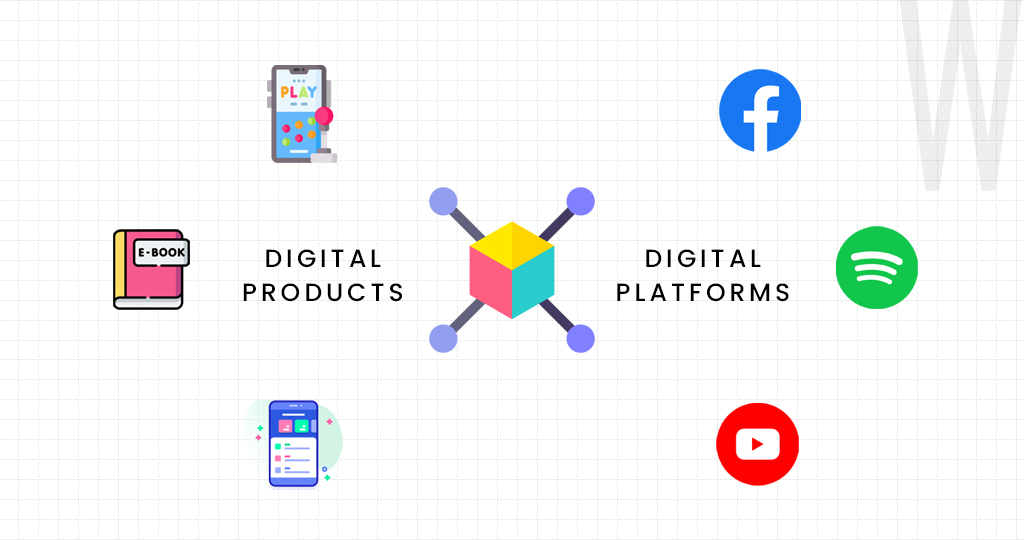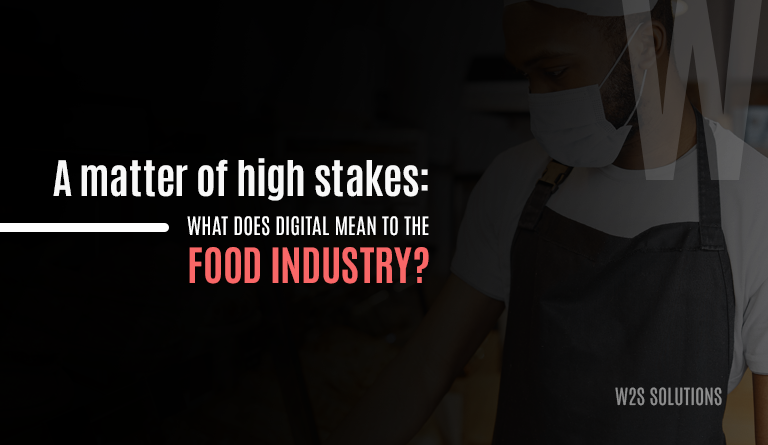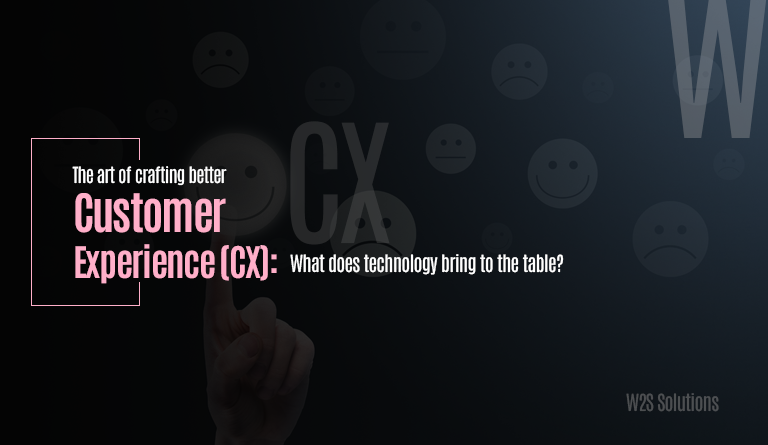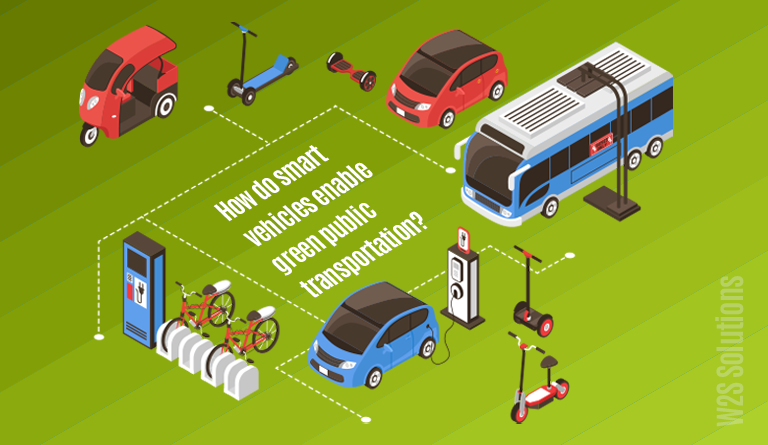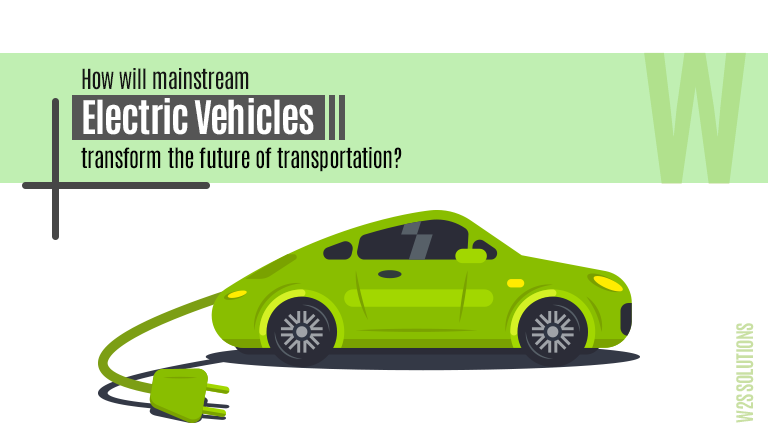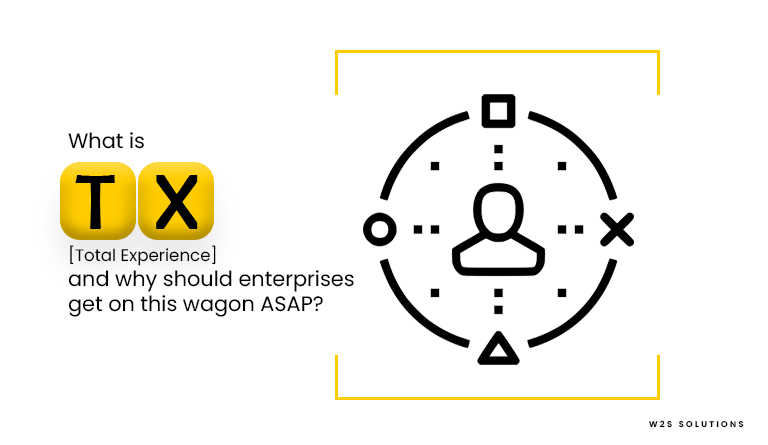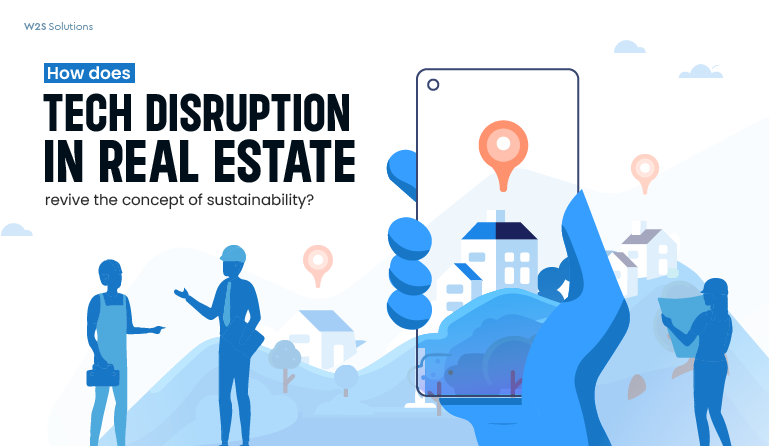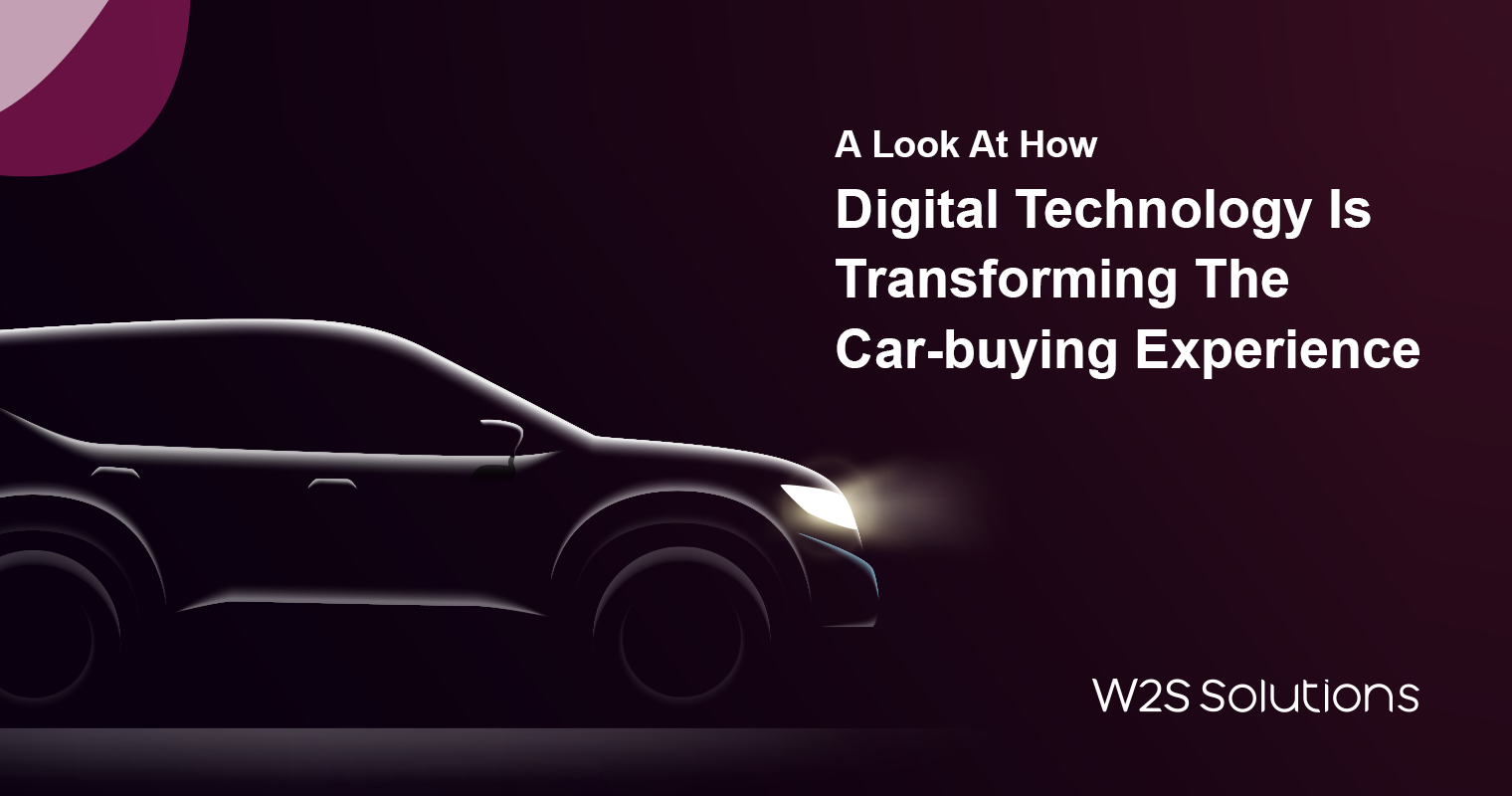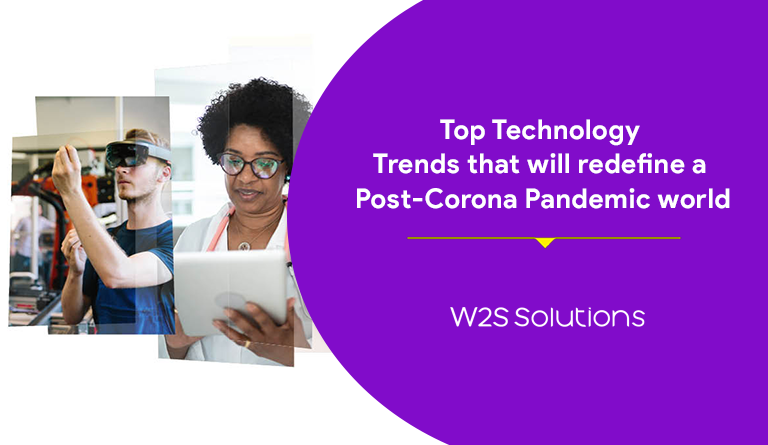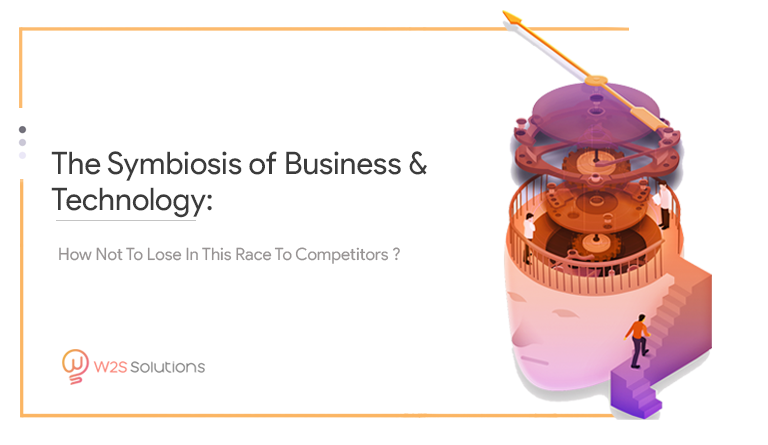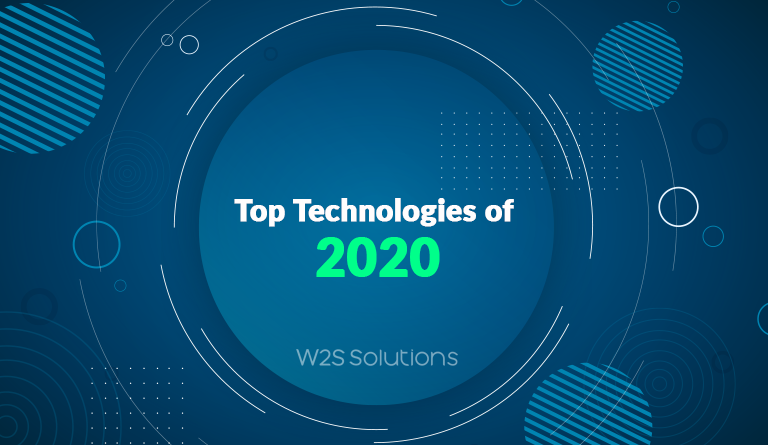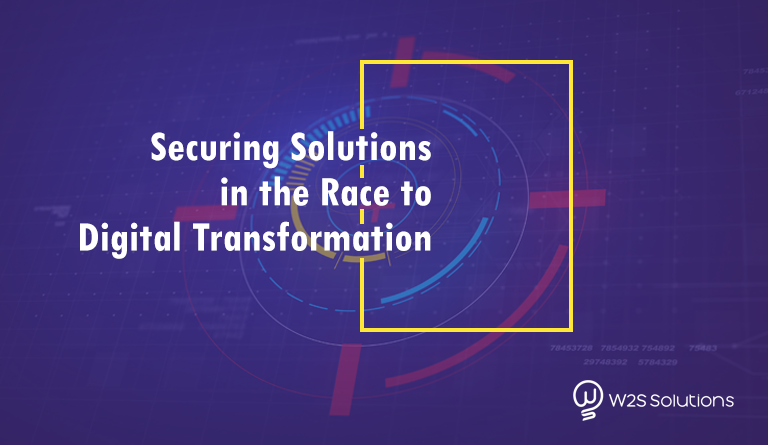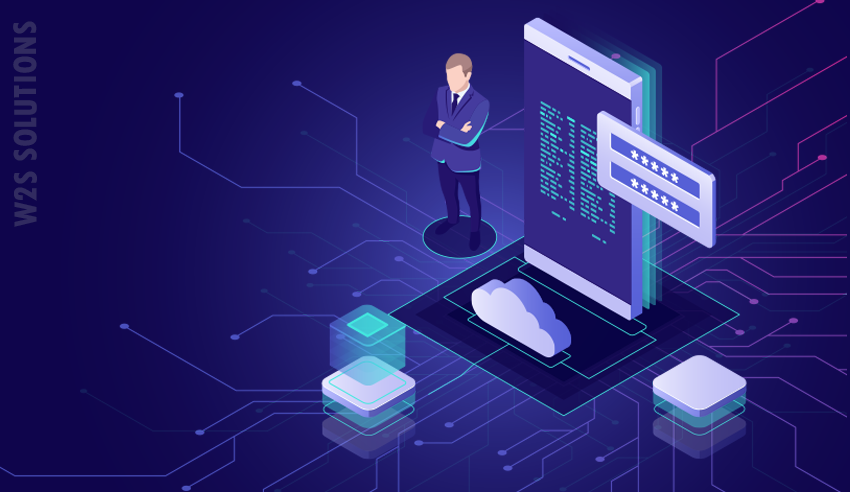Businesses must adapt to changes quickly, in today’s fast evolving landscape. One of the biggest shifts is the move to digital. Digital transformation is more than just adopting new technology. It is all about technology to improve every part of the business, especially the customer experience.
Digital transformation is the process of using technology to change how a business operates, how it interacts with customers, and how it delivers value. It is about replacing outdated systems with digital tools that make everything smoother, faster, and more efficient. But more importantly, it focuses on improving how businesses engage with customers.
Instead of depending on paper forms or long phone calls, businesses might use websites or mobile apps to interact with customers. Digital transformation is not just about updating the technology, it is about changing how a company works to meet the needs of its customers.
Digital Transformation for a Better Customer Experience
The core focus of the digital transformation is the customer experience. Businesses need to provide the customers with seamless, fast, and personalized services. Digital tools like chatbots, mobile apps, and social media platforms make it easier for customers to interact with a company anytime, and anywhere. Customers now expect businesses to be available 24/7 and respond quickly to their needs.
The primary aim of this customer centric approach is to make the customer life easier and simple. Whether it is rapid response, personalization in recommendations, or simple ways to make purchases, digital transformation creates a way for the web development companies to meet their demands.
How to Improve Customer Experience with Digital Transformation
To improve the customer experience completely, businesses need to think about how digital tools can help at each step of the journey. Here are a few ways to enhance the experience of customers.
Focus on Your Customers
The initial step in improving customer experience is to shift the mindset of the company towards the customer. Each decision, tool, and every process should revolve around what is best for the customer. Listening to their needs and acting on feedback is essential. If a business does not understand its customers, it won’t be able to deliver the kind of experience they expect.
Identify the Cause of Every Problem
It is not enough to fix problems when they arise. Businesses need to look deeper and identify the root causes of the customer pain points. Are the customers struggling with long wait times on the website? Are they having trouble finding the product online? These issues need to be addressed at their core, and digital transformation can help by providing tools to analyze data, spot issues, and fix them quickly.
Take a Company-Wide Approach
Digital transformation should be a company-wide effort. It is not just about the IT department upgrading systems or the marketing team using social media tools. Every department needs to align with the goal of improving the customer experience. Sales, customer service, and IT all need to work together to create a smooth and seamless experience for the customer. When everyone is on the same page, businesses can eliminate silos, improve communication, and ensure that every customer touch point is consistent and effective.
Don’t Forget the Human Touch
Even though digital tools play a huge role in transformation, businesses must remember that customers still want a human connection. Automated systems like chatbots are helpful, but they can’t replace the empathy, understanding, and creativity that a real person can provide. Businesses should ensure that while technology enhances the experience, human interaction is always available when needed.
Create a Professional Journey
One of the benefits of digital transformation is the ability to personalize the journey of the customers. With the help of data analytics, businesses can track the behavior of the customer, preferences, and the past interactions to tailor their services. A personalized experience can range from customized product recommendations to personalized email marketing campaigns. When customers feel like a business understands their needs and preferences, they are more likely to become loyal.
How Digital Transformation is Driving Customer Experience
Digital transformation is not only upgrading the software and hardware, it is about giving the customers what they want in the fastest, most efficient way possible. Today, businesses can use data to understand customers better than ever before. E-commerce platforms use algorithms to suggest products based on the previous search history, while banks offer apps that let customers check their balance, transfer money, and apply for loans through their mobile phone.
Technology also allows businesses to engage with customers on multiple channels, whether it can be through social media, email, or live chat. This constant connection improves the customer experience by making businesses more responsive and accessible.
Starting Your Digital Transformation Journey
If your business is ready to embrace digital transformation, it is important to start with a clear plan. Here is how you can begin
Set Clear Goals and Strategy
The initial step in any transformation process is to define your goals. What do you want to achieve with digital transformation? Do you want to improve customer service? Do you want to speed up operations or reduce costs? Having clear, measurable goals will guide the entire process.
Once the goals are set, create a strategy that aligns with them. Think about which tools or systems will best help you meet these objectives. Whether it is upgrading from a website or implementing a customer service platform, making sure every decision supports your overall strategy.
Build a Flexible and Adaptable IT System
A key component of digital transformation is having an IT infrastructure that can adapt to changing needs. Technology evolves rapidly, and businesses need systems that can grow with them. Building a flexible IT system that can accommodate new software, tools, or platforms will make it easier to implement future changes.
This system should also allow for quick updates or modifications, ensuring that your business can respond to new customer demands or market shifts without any delay.
Make the Experience Personal for Every Customer
Personalization is one of the most powerful ways digital transformation enhances customer experience. Using data to personalize your customer interactions can go a long way in building strong relationships. From personalized emails to custom product recommendations, making the experience personal shows customers that you value their business and understand their needs.
It is a necessary shift in how the businesses operate, and at the heart of it is the customer experience. By using technology to meet the needs of customers, listening to feedback, and always striving to improve, businesses can stay ahead of the curve and provide exceptional experiences that keep customers coming back.




